Spray bottles are everyday items. They are commonly used for household cleaning, personal care products, and gardening, among other applications. You might not give them much thought, but how does a spray bottle work is quite fascinating.
A spray bottle utilizes a pump mechanism in conjunction with a nozzle to atomize liquid, transforming it into fine droplets that are then expelled as a mist or spray.
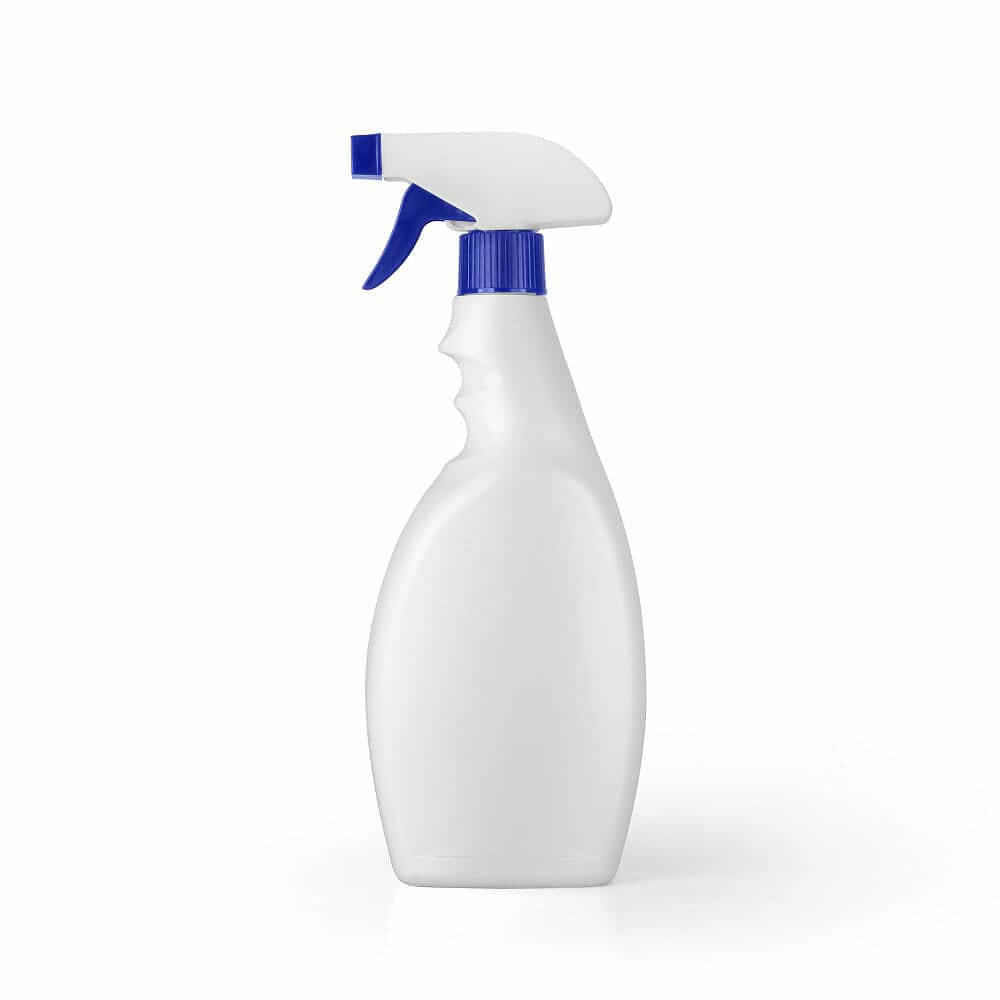
When you squeeze the trigger, you push down a pump mechanism. This creates a low-pressure area in the chamber that contains the liquid. This process, coupled with the one-way valves in the pumping system, helps draw the liquid from the reservoir into the pump chamber.
Key Takeaways
- Spray bottles convert liquid into fine droplets using a pump mechanism and nozzle.
- Squeezing the trigger creates a low-pressure area, allowing the liquid to be drawn in.
- One-way valves help maintain the unidirectional flow of liquid during the spraying process.
Understanding the Basics
Components of a Spray Bottle
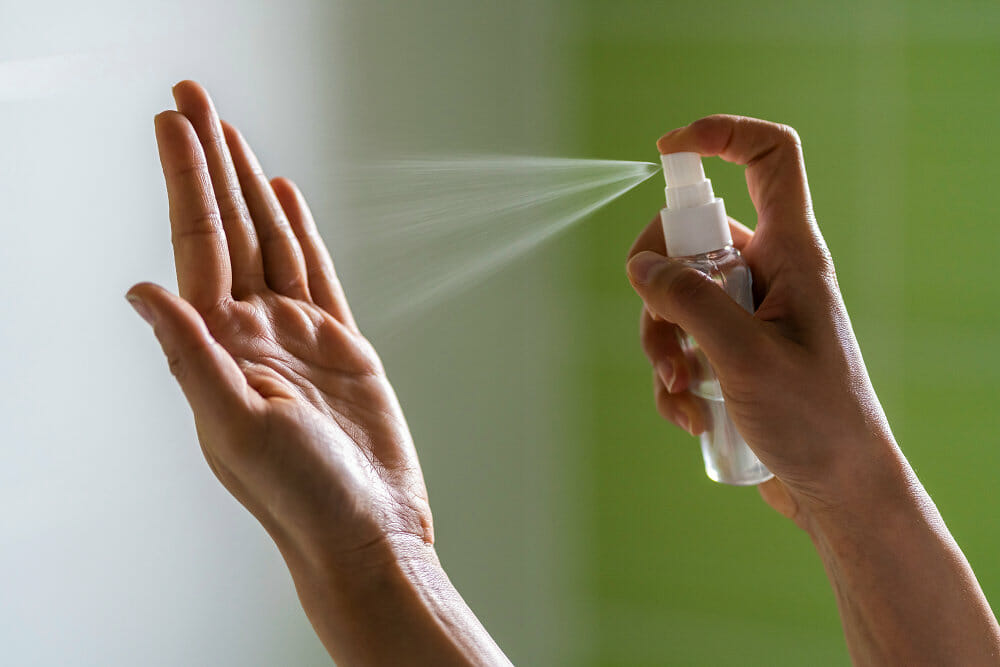
A spray bottle is a handy tool that evenly distributes liquids, such as cleaning solutions or water, in a mist or stream. To understand how a spray bottle works, it’s essential to know the various components that make up this device.
The main parts of a spray bottle are the liquid container, trigger, pump mechanism, dip tube, and nozzle. These components work together to convert the liquid inside the container into a fine mist or stream, which can be easily applied to surfaces.
The liquid container is typically made of plastic and serves as a reservoir for the fluid you intend to spray. It’s essential to ensure the bottle is clean and free from contaminants before filling it with liquid.
The trigger is the part you squeeze to activate the pump mechanism and release the fluid in a spray or stream. This action changes air pressure within the pump, which forces the liquid through the system.
When squeezing the trigger, the pump mechanism converts your manual input into the energy needed to propel the liquid out of the bottle. It creates a low-pressure area within the chamber containing the liquid.
The dip tube is a long, slender plastic tube that extends from the pump mechanism down to the bottom of the container. This essential component ensures the liquid is drawn up from the bottom of the bottle when the trigger is squeezed.
Lastly, the nozzle determines whether the liquid is released as a mist or a stream. It focuses the flow of the liquid, causing it to atomize into fine droplets, and then expels it into the air under pressure.
Now that you’re familiar with the main components of a spray bottle, you can better appreciate how these parts work together to achieve the desired function. By understanding the various elements and their roles, you’ll be better equipped to maintain and troubleshoot your spray bottle should any issues arise.
The Pump Mechanism
The Working of the Pump
When you use a spray bottle, the pump mechanism is crucial to its functionality. Based on the principle of Pascal’s Law, the pump creates pressure differences that enable the liquid to be expelled as a fine mist or a concentrated stream. This law states that any change in pressure applied to an enclosed fluid is transmitted equally to all parts of the fluid.
Role of Piston
In a spray bottle, the piston is a critical part of the pump mechanism. When you press the trigger, a spring inside the cylinder is compressed. This stored energy is then released as you let go of the trigger, pushing the piston back to its original position. These two actions—moving the piston into and out of the cylinder—constitute the pump cycle, allowing the liquid to flow through the nozzle.
One-Way Valve
A one-way valve is an integral part of the pump mechanism that ensures the liquid flows only in one direction. When you pull the trigger, the one-way valve opens up, allowing the liquid from the reservoir to enter the pump.
As you release the trigger, the valve closes, preventing the liquid from flowing back into the reservoir. This maintains the pressure differences the pump creates, enabling smooth liquid flow through the nozzle.
Remember, the pump mechanism in a spray bottle, including the piston, spring, and one-way valve, works in harmony to create the desired output of either a fine mist or a concentrated stream of liquid.
Understanding the Spray Nozzle
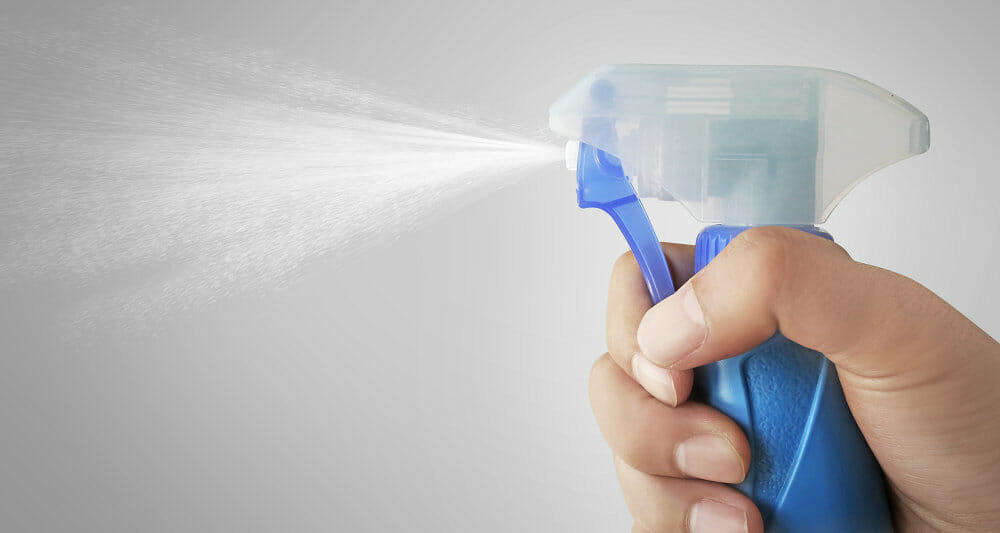
Role of Adjustable Nozzle
The spray nozzle is a crucial component of any spray bottle, as it converts the liquid inside the bottle into a fine mist or aerosol. This is achieved through atomization, which breaks the liquid into tiny droplets.
An adjustable nozzle lets you control how the liquid is sprayed. This makes it useful for different applications.
By turning the nozzle, you can adjust the size and shape of the spray pattern from a concentrated stream to a wide fan, depending on your needs.
This is particularly important when using cleaning solutions, where you may need a precise spray to target specific areas or a broader coverage for even distribution. Overall, the adjustable nozzle provides versatility and efficiency in various spraying tasks.
Spray Patterns
An adjustable nozzle can produce two primary spray patterns: fan and concentrated stream. Understanding these patterns helps you choose the appropriate setting for your spraying needs.
Fan: This spray pattern provides a wide and even liquid distribution, making it ideal for tasks requiring quick and thorough coverage. The fan pattern is typically used for cleaning large surface areas, gardening, or applying a light coating of substances like paint.
Concentrated Stream: This spray pattern emits a strong, narrow liquid stream, allowing you to target specific areas more accurately. The concentrated stream is suitable for tasks that require precision, such as spot cleaning, weed control, or adhesive application.
In some spray bottle models, you may find additional spray settings that offer variations of these basic patterns or a combination of fan and concentrated stream. This added versatility ensures you have the correct spray pattern for every task.
Remember, the spray nozzle plays a critical role in achieving the desired results when using spray bottles, whether it’s a simple handheld bottle or a spray can.
The Reservoir and Tube
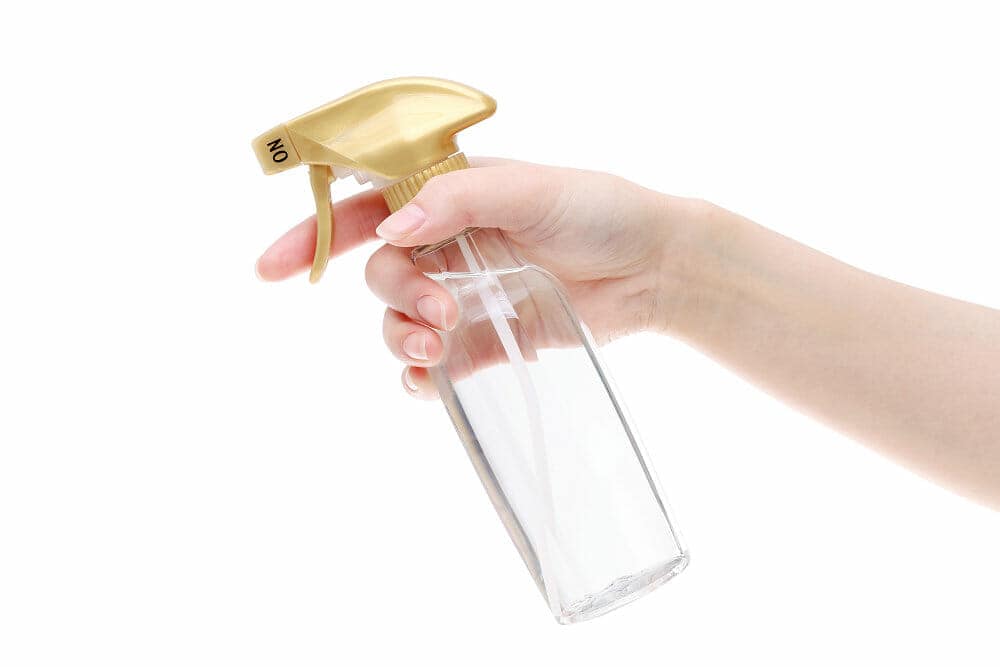
Role of the Reservoir
The reservoir is essential to a spray bottle, as it stores the liquid you want to spray. In a typical spray bottle, the reservoir is the main body of the container, where you pour in the liquid. When you use the spray bottle, the liquid from the reservoir is drawn up through a small hole into a plastic dip tube.
The reservoir size can vary depending on the specific spray bottle design and intended use. Some spray bottles might hold just a few cc’s of liquid, while others can accommodate larger volumes.
Regardless of size, the reservoir’s primary function is to house the liquid until it is ready to be dispensed through the spray bottle head.
Function of the Plastic Tube
The plastic or dip tube plays a crucial role in the spray bottle mechanism by connecting the reservoir to the pump and nozzle. When you press the trigger, the pump creates a low-pressure area, which causes the liquid to flow from the reservoir, up through the dip tube, and into the pump chamber.
The dip tube’s design ensures the liquid is drawn up efficiently, regardless of the bottle’s angle during use. This allows you to spray the liquid evenly, using all the contents in the reservoir without leaving any unused liquid at the bottom.
Frequently Asked Questions
1. What are the various types of spray bottles available?
1. Trigger spray bottles: These are the most common type of spray bottles, featuring a trigger lever that activates a small pump when squeezed. They’re often used for cleaning, hair care, and gardening products.
2. Aerosol spray cans: These contain a propellant and a compressed liquid, which is released as a spray when the nozzle is pressed. They’re used for products like deodorants, hairsprays, and spray paints.
3. Pump spray bottles: Similar to trigger spray bottles, this simple spray bottle uses a pump action to dispense the liquid as a spray, but instead of a trigger, they have a button or cap for pumping. These bottles are often used for personal care products like facial mists and hair sprays.
4. Fine mist spray bottles: These bottles are designed to create a very fine and even mist because of the spray valve. They’re commonly used for fragrances, essential oils, and other similar applications.
2. How can a perfume spray bottle differ from a regular sprayer?
3. Is trading in spray bottles worth it?
Order in Bulk Today
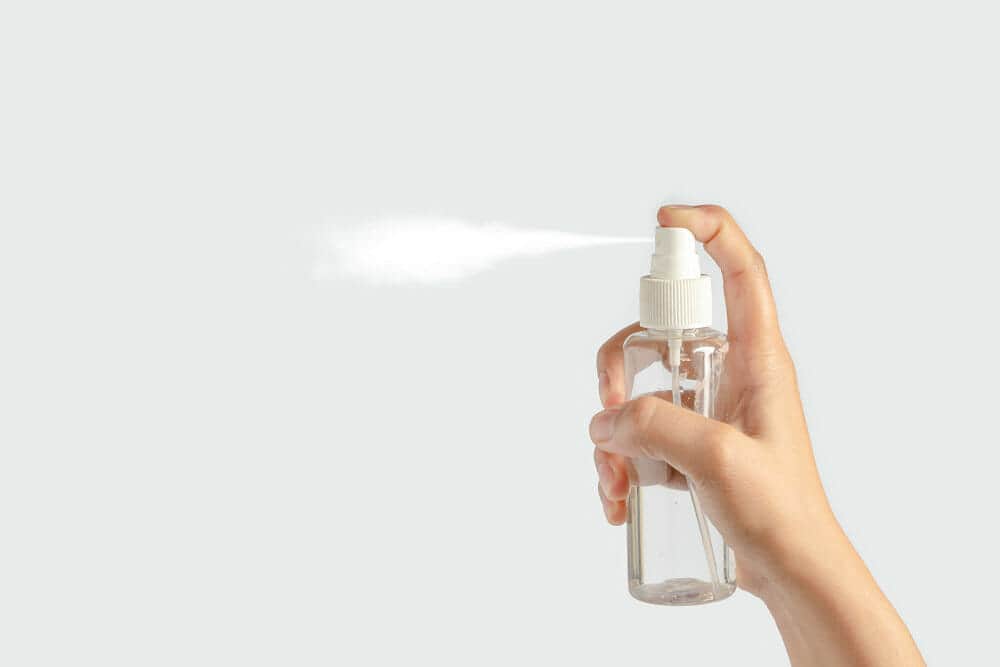
Please send us a message using the customer contact form to order or inquire about our delivery process. We can also provide more information tailored to your interests and can accommodate personalized orders.
Each type of spray bottle is designed with a specific purpose in mind, so consider your needs when selecting the right one for your application.
